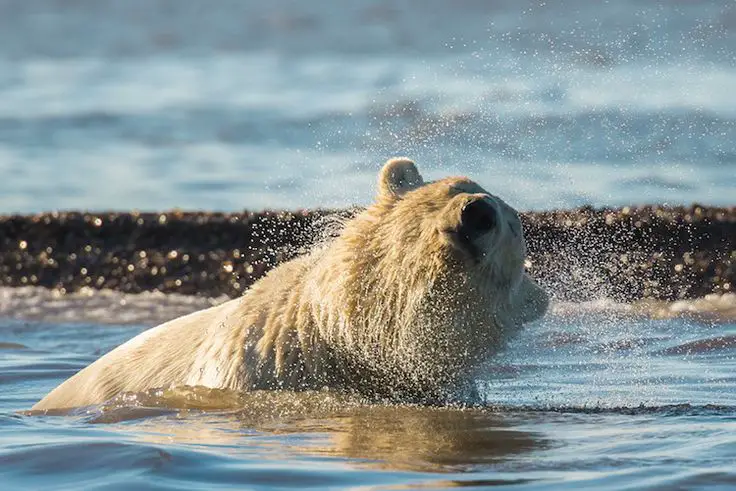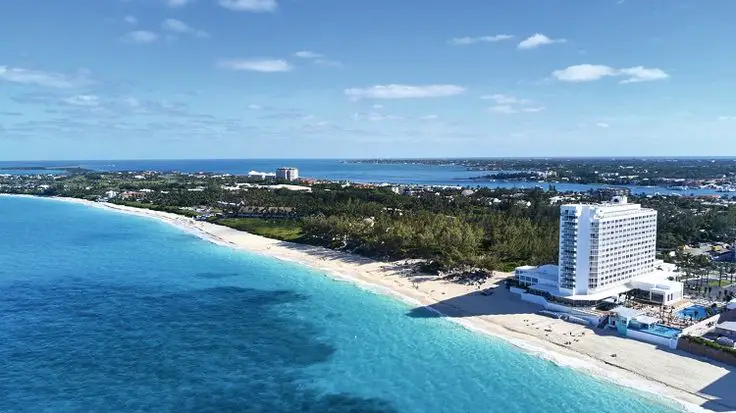Alaska, known for its vast wilderness and diverse wildlife, often evokes images of majestic creatures roaming freely in their natural habitats. When it comes to polar bears, Alaska is indeed a significant destination. In this comprehensive guide, we will explore the presence of polar bears in Alaska, their habitats, and the best places to see them in their element. Join us as we embark on an exciting journey to discover the fascinating world of polar bears in the Last Frontier!
Section 1: Understanding Polar Bears and Their Habitat
1.1 The Iconic Polar Bear:
Polar bears (Ursus maritimus) are one of the most recognizable species on the planet. Known for their distinctive white fur and impressive size, they are perfectly adapted to survive in the Arctic region.
1.2 Arctic Habitat and Range:
Polar bears are found primarily in the Arctic region, with Alaska being an integral part of their range. They inhabit areas along the coastlines and pack ice of the Arctic Ocean, relying on sea ice for hunting and resting.
1.3 Importance of Sea Ice:
Sea ice is crucial for polar bears’ survival as it provides a platform for hunting seals, their primary prey. The availability and quality of sea ice play a significant role in polar bear populations and their behaviors.
Section 2: Where to See Polar Bears in Alaska
2.1 Kaktovik, Barter Island:
Kaktovik, located on Barter Island in northeastern Alaska, is one of the most renowned places for polar bear sightings. During the late summer and early fall, polar bears congregate near the village, waiting for the sea ice to form.
2.2 Arctic National Wildlife Refuge:
The Arctic National Wildlife Refuge, encompassing a vast area in northeastern Alaska, provides habitat for various wildlife, including polar bears. While sightings here may be rarer, the refuge offers a pristine and untouched Arctic landscape.
2.3 Point Hope and Utqiaġvik (Barrow):
The coastal communities of Point Hope and Utqiaġvik (formerly known as Barrow) in northern Alaska are known for occasional polar bear visits. These sightings are typically seen during the spring and early summer when the bears traverse the melting sea ice.
2.4 Wildlife Viewing Tours:
Joining a guided wildlife viewing tour is an excellent way to increase your chances of seeing polar bears in Alaska. Knowledgeable guides and naturalists can provide insights into polar bear behavior and ensure responsible and safe encounters.
Section 3: Safety Guidelines and Considerations
3.1 Respecting Polar Bear Habitat:
When visiting areas where polar bears are present, it is crucial to respect their habitat. Follow guidelines provided by local authorities, tour operators, and park rangers to minimize disturbances and ensure the well-being of the bears.
3.2 Polar Bear Safety Measures:
Polar bears are powerful and potentially dangerous animals. It is essential to maintain a safe distance and avoid approaching them. Familiarize yourself with polar bear safety procedures, including bear spray usage and guidelines for camping in bear country.
3.3 Climate Change and Its Impact:
Climate change poses a significant threat to polar bears and their habitats. The loss of sea ice due to rising temperatures affects their hunting abilities and overall survival. Understanding the impacts of climate change can contribute to conservation efforts.
Section 4: Other Wildlife and Attractions in Alaska
4.1 The Great Alaskan Wildlife:
Alaska is a haven for wildlife enthusiasts. Alongside polar bears, the state is home to a diverse range of animals, including grizzly bears, moose, wolves, bald eagles, and humpback whales. Exploring the wilderness can offer extraordinary encounters with these magnificent creatures.
4.2 Denali National Park and Preserve:
Denali National Park and Preserve, located in the interior of Alaska, is renowned for its breathtaking landscapes and diverse wildlife. While polar bears are not typically found here, the park offers opportunities to observe other iconic species and explore the stunning Alaskan wilderness.
4.3 Glacier Cruises:
Glacier cruises along the coast of Alaska provide a chance to witness the impressive glaciers, fjords, and marine life. While polar bear sightings on these cruises are less common, the overall experience offers a unique perspective on Alaska’s natural wonders.
Section 5: The Importance of Responsible Wildlife Tourism
5.1 Ethical Considerations:
When visiting Alaska or any destination known for its wildlife, it is crucial to engage in responsible and ethical tourism practices. Respect wildlife and their habitats, follow designated trails, and adhere to guidelines provided by local authorities and tour operators.
5.2 Supporting Conservation Efforts:
By supporting organizations and initiatives dedicated to wildlife conservation, you can contribute to the protection of polar bears and other species. Consider donating to conservation projects or participating in programs that promote sustainable tourism practices.




